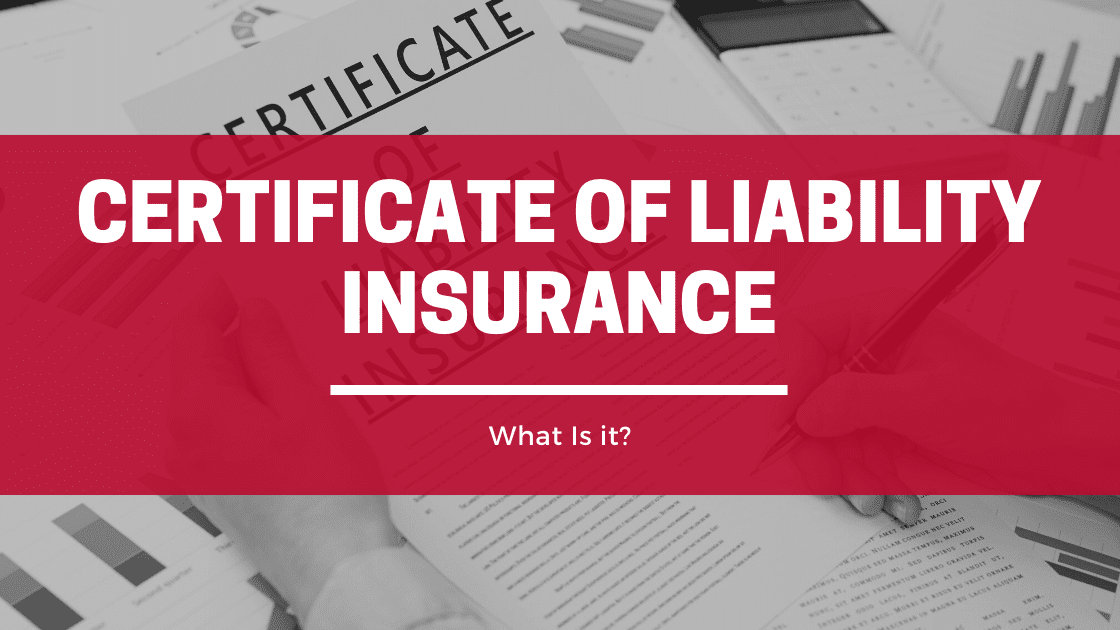
The insurance industry can have a lot of complicated terms. Understanding them in personal life and business can be confusing. One that is brought up daily is Certificate of Liability Insurance. For instance, you are a contractor who has given a quote to a potential client. They accept your quote but ask for proof of insurance. As a new contractor or someone that has not had to show proof before, figuring out what the client wants can be confusing. Most clients will want to see a certificate of liability insurance.
What is a certificate of liability insurance?
A certificate of insurance is pretty much a document that you can get from your insurance company that verifies you do have liability insurance. This document just assures your client that you have the means to protect them in the event of negligence or claims on your behalf on the job. Sometimes, a contract will require a certain level of insurance and may request for certificate of insurance to check that you do have the necessary coverage before any work is started.
There are also different types of certificates of insurance besides certificate of liability insurance. You can also have a certificate of property insurance, certificate of commercial auto insurance, certificate of umbrella insurance, certificate of aircraft insurance, and more.
Where do I get a certificate of liability insurance?
The certificate of insurance would be issued from your insurance agent or broker. You can request a copy by just reaching out to your agent, broker, or your carrier.
What is on a certificate of liability insurance?
Some details that may be included in the certificate of insurance may be broken down into different sections such as general liability, auto liability, umbrella liability, and employers liability. There are usually 3 segments to a certificate of liability insurance. We broke down the separate sections and their information below.
First Section:
- Insured’s name and address
- Insured’s Insurance agents name and address
- Each Liability Insurer, if different, and its NAIC number
- Statement that the certificate is for informational purposes only
- Statement that the certificate holder does not have any rights
- Statement that the certificate is not a contract between the insurer/producer and the certificate holder
Second Section:
- Summary of coverages
- Description of insured’s operations
- Description of General Liability coverage, including policy number and effective dates.
- Description of Commercial Auto Liability coverage, including policy number and effective dates.
- Description of Umbrella Liability coverage, including policy number and effective dates.
- Description of Employers Liability coverage, including policy number and effective dates.
- Whether a policy includes an additional insured or waiver of subrogation.
Third Section:
- Certificate Holders information such as business, name, and address.
- Cancellation Statements
- Authorized Representative signature
Additional Insured – What is that?
Some clients will ask that you make them an additional insured on your policy. Unlike the certificate of liability insurance itself that does not alter your policy, adding an additional insured does. Your agent will do this in the form of an endorsement.
What this means that is if the client gets sued because of something you or your business did on their project, they as the client/additional insured would be covered under your policy.
Talk with your agent on the parameters of your policies to see if this needs to be added or not if a client requests it. All policies can be different.
Need to update your business insurance or get a quote? We can help! Fill out our quote form here or give our office a call at 770-720-1314.
Sources:
What is a certificate of insurance and what does it do? (insurancehub.com)
